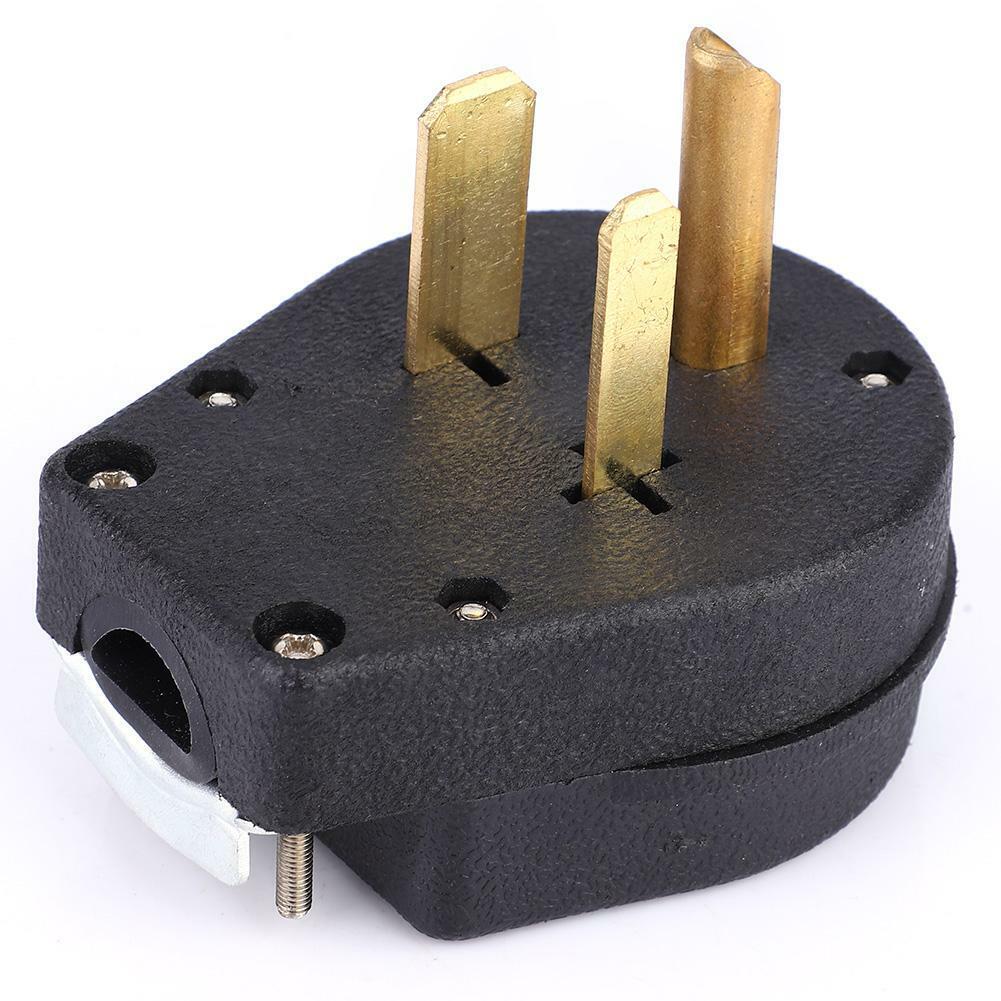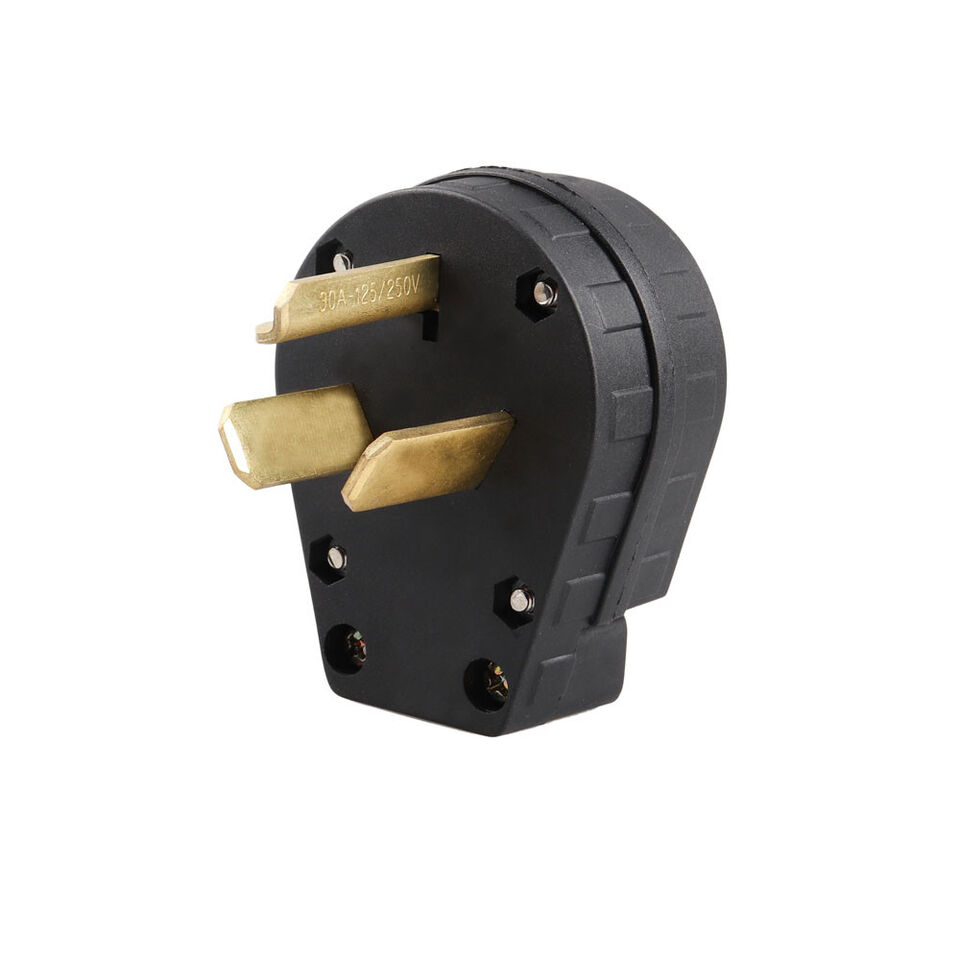As another Lame Cherry exclusive in matter anti matter.
The Lame Cherry starts this with if you electrocute yourself, that is your doing, not mine, as I'm not an electrician and am only posting this stuff for the girls like me who read this shit, as we are all going to be wondering which end is up in what continues to come upon us.
This all starts with JYG, actually starts with the mother. OK so the mother had neither washer nor dryer, so this idiot buys a dryer for some unknown reason, as she will wash her clothes in town. I was dumbfounded in that move as I was like, "Why in the hell don't you buy a washing machine as that way you do not have to wash in town (I always got dragged along as a kid doing that shit) and then move on up to a dryer.
No she gets a dryer, which TL and I hauled out to the shed, as we never use it........gee I just air dry my clothes and it doesn't cost anything nor wear my clothes out drying them.
So the mother has this 200 hook up. As I said I know nothing about this 220 stuff, other than her dryer female plug in was different from the welder, which I was well versed in.
Oh for the girls, in electricity, the male plug in has prongs like a cock and the female has openings to match like a ........you know what. It is the way things are referred to, always seemed creepy to me, but that is electrician verbiage.
So enter JYG, as someone drops off an electric range. We haul it home. It does not match the dryer outlet and I start looking for extension cords or plug ins.........nothing comes up. Now I will post some photos to explain some of this so you can figure out what is what.
Ok we start out with a 6 50 P. that means 50 amps, the P I think means plug in as the female ends are R which probably means receptor. This is what you use on welders as they have to draw a great deal of current to weld with.
The top prong is a U and the other prongs are straight....one larger than the other when they changed all that shit in the 1970's to fuck things up for people and you could not just plug in things easy, instead of studying why the fricking plug in will not go in.
See you are getting the hang of this now.
Next up is the 10 50 electric range male plug in again. Top prong is the straight shaft and the other two are at an angle.
This is a 10 20 P dryer plug in like the mother had. See that L shaped one on top? That is different from the 10 50 for the electric stove. I'm concerned about this as a 20 amp draw is not a 50 amp draw in putting a 10 20 P on a 220 electric cord out of the farm store on one end and a 10 50 R on the other end to make an extension cord for this. I probably am going to look this up, as I do not want to wire this dryer plug to 10 50, but it is probably what I'm going to have to do, as I figure that 220 is 220 in the wiring out of the breaker box as there are not different wires for that as far as I know.
So what I'm probably going to have to do is change the mothers plug in as I will not be using that dryer to a 10 50 R, get a 10 50 R for the extension cord and a 10 50 P for the one going into the wired outlet. That would be the reasonable thing to do.I think this is all fucked up. Like these generator plug ins that twist in and lock. I suppose dogs, kids, deer or clumsy preppers pull things out, but you pull a cord and the generator probably tips over so what the hell is the advantage of that? Better the cord gets unplugged as I think you can tell the lights are off when the cord is unplugged from the generator faster than the generator spilling fuel and starting the garage on fire.
So that is the shit I have been having to expand my brain that knows all to more information that hurts. I hate this as I would think by now I would know everything, but I was not shown this as a kid as my parents did not know jack shit about stuff or other Brier adults, so I have to figure stuff out like barrel stove burning, bolting ball hitches to loaders and hoping it does not all pull out to shit and gone bending things and plug ins. Thankfully in all cases the Holy Ghost is the Inspiration so it all works, but I hate having to study on shit and ask JYG too many times as he knows how to electrocute himself and survive.
You are going to have to know this stuff in what is coming, as all these plug ins are different and there is a difference between 110 and 220.
And this quote on the wiring of the various 220's according to the experts which I'm going to check out later for sure as everyone should.
The green wire will often be in the middle of the outlet. The two hot wires should mirror the connections you did for the plug part. Connect the black wire to a thinner slot terminal and the white to the bigger one........................Different types of 220v extension cords are used in a 220 amp home panel. Each may require three or four wire connections. For three-wire cables, you can use the above guide, but for four-wire types like extensions for dryer, it is mostly done like this:
The neutral connection of the outlet where you connect the white wire is to the letter “L” shape terminal, the ground is to the semi-circle terminal, and the two hot wires, which are black and red, go to the two vertical slots
This is your million dollar lesson.
Nuff Said
agtG






